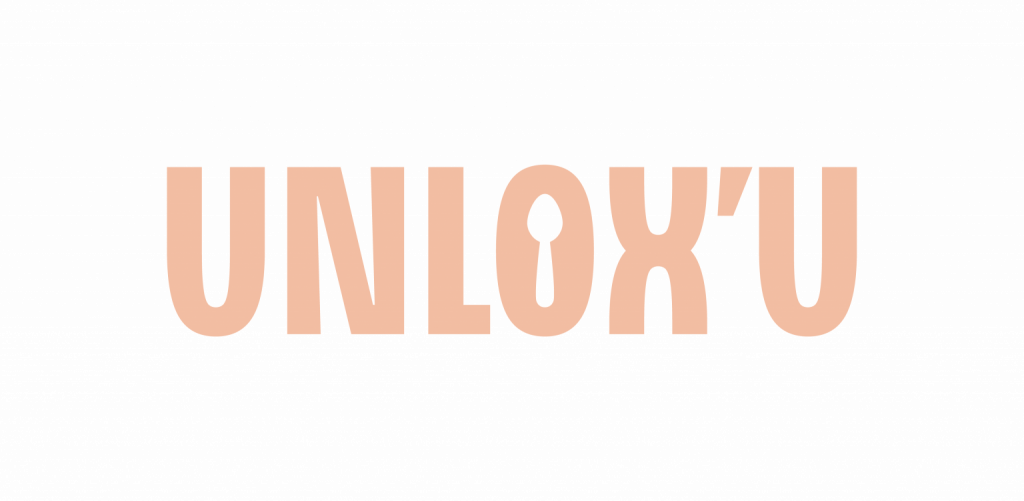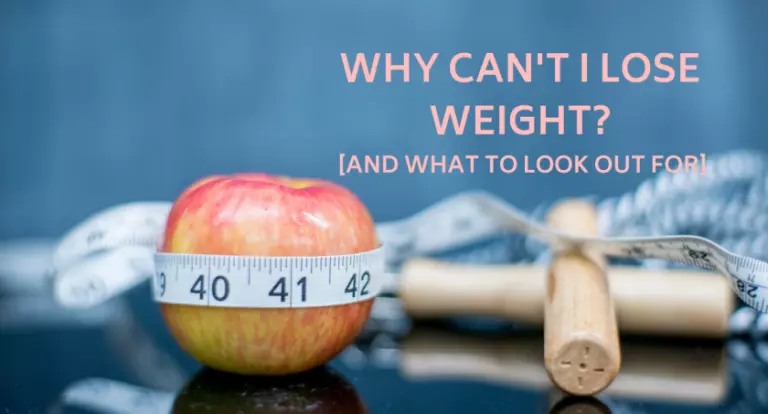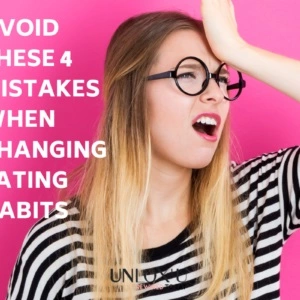
BALANCED DIET FRAMEWORK
I had an eating disorder for over 10 years. I know the realities of binge eating and food obsession. Through my own personal journey and working with hundreds of clients on similar journeys, I created The Balanced Diet Framework. Thta’s why I am so passionate about sharing it with you all!
WHY THE BALANCED DIET FRAMEWORK?
This empowering framework helped me to personally overcome binge eating. It has also helped my clients overcome food obsession, sugar cravings, binge eating and overeating and subsequently helped them with weight loss (even though this is not the focus). What is even more wonderful is the freedom from food people experience. They feel much easier with food, think less about food, crave less and feel more satisfied overall. They can eat, and really move on with their day until the next meal.

THIS IS NOT A DIET
To be clear, this is not a diet. The focus is not on losing weight and restricting yourself from food. Although, some of my clients have lost 2 dress sizes by following the Balanced Diet guidelines but it was not the focus. The focus is to give you the power, because you know your body better than anyone else. It provides guidelines to nurture empowerment and self-awareness. Ultimately, when you follow these guidelines there is enough leeway for you to play and change as you go…
DO I FOLLOW THE FRAMEWORK EXACTLY?
Some people ask me, “Do I follow the framework exactly the way you suggest?” My answer is, at the beginning YES. Because we need to find out what works for you and what does not. If something does not work, (if you feel like you are too hungry or if you tend to crave food in the evening after dinner), it can be an indication that you have not eaten enough calories through the day. Or, perhaps you have not had enough fat during dinner. It could also mean you still have blood sugar fluctuations. There could also be emotional or psychological reasons.
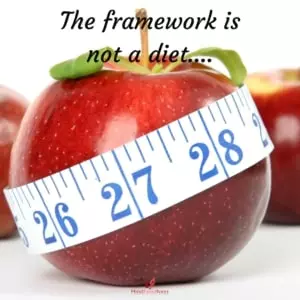
AN INTRODUCTION TO THE BALANCED DIET FRAMEWORK
Here is an overview/ summary of the framework. When you are building your meals or deciding what to eat, I want you to think about these food groups:
Food Groups:
- Fat
- Protein
- Carbohydrates
- Vegetables
Breakfast (Protein, Fat and some Carbohydrates)
For breakfast, you want to have protein and fat and some minimally processed carbohydrates. This can be porridge. If you add things like protein powder or full fat yogurt, you are getting some protein and some fat. You can add a teaspoon of peanut butter or nut butter. Sprinkle some nuts and seeds on top of it. That way, you get your protein and your fats. You can even smash some avocado on it. I know it might seem weird, but avocado does not have much flavour, so that is a way to add some fats to your meal as well. I love to top it up with a few slices of banana and a table spoon of blue berries. Chia seed pudding is a delicious breakfast that fit within the framework also.
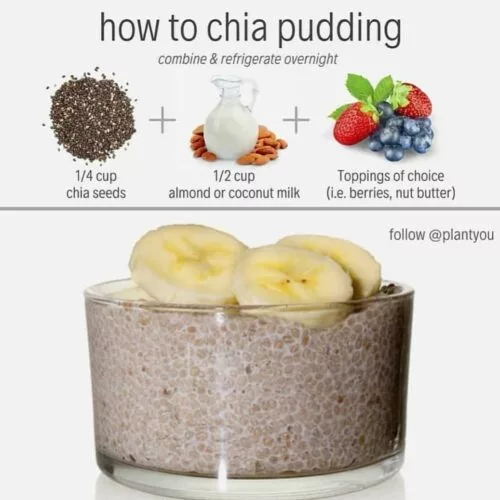
Morning and Afternoon Snacks (Protein and Fat or Fibre and Fat. Protein too, if you can)
Examples:
- Banana and nut butter
- Apple with seed butters
- Rice wafers with tuna
- Boiled egg
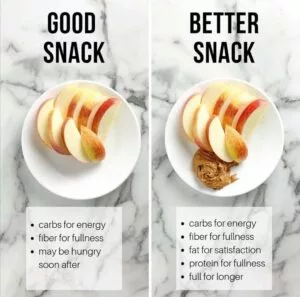
Lunch (Protein, Fat, Carbohydrates, and Vegetables)
Enjoy a fully balanced meal for lunch. Choose a good source of carbohydrates such as brown rice, quinoa, buckwheat or a whole grain wrap. I love keeping my lunches simple and often choose my left overs from the night before. I just add a handful of starchy vegetables such as kumera or pumpkin.
Dinner (Protein, Fat and Vegetables)
My suggestion is to leave the carbohydrates out, and just choose protein, fat, and vegetables. Of course, this decision depends on your own personal circumstances. If you are exercising a lot in the evenings, then yes, you will need some carbohydrates. Carbohydrates and sugar are the main source of energy that turn into glucose in our body. And we don’t really need that in the evening, assuming we had enough during the day. And we want to begin to wind down for bed . In this way, we do not want to spike our blood sugar just before bedtime. If you eat protein, vegetables and fat and still feel this is not enough – add a snack (i.e. full fat yogurt with berries)
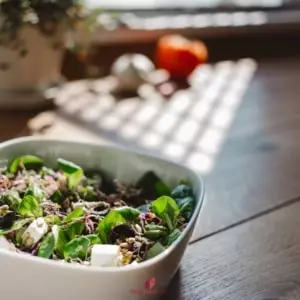
BALANCED WAY OF EATING
Ultimately, the aim of this framework is a balanced way of eating. The main goal is to keep all food groups in our diet, feel satisfied by eating delicious and healthy meals, increase micro nutrients, stabilize the blood sugar as that helps with food cravings, and increase our energy levels.
BALANCED DIET FRAMEWORK SUCCESS!
I really want you to succeed this year! A great place to start with this framework is to ask inquiry questions, as well as planning. For example, if you have had dinner, reflect and ask ‘Did I have protein?’ (YES). ‘Did i have fat?’ (NO). If not, think what you will add to your dinner tomorrow? Maybe you had carbohydrates for dinner. Think how you can reduce carbohydrates for your dinner tomorrow night. Think about breakfast tomorrow morning, what will you eat? Think in terms of food groups and plan ahead. Remember you want to be having fat and protein in every meal.
Download The Balanced Diet Framework here which includes a free recipe book!
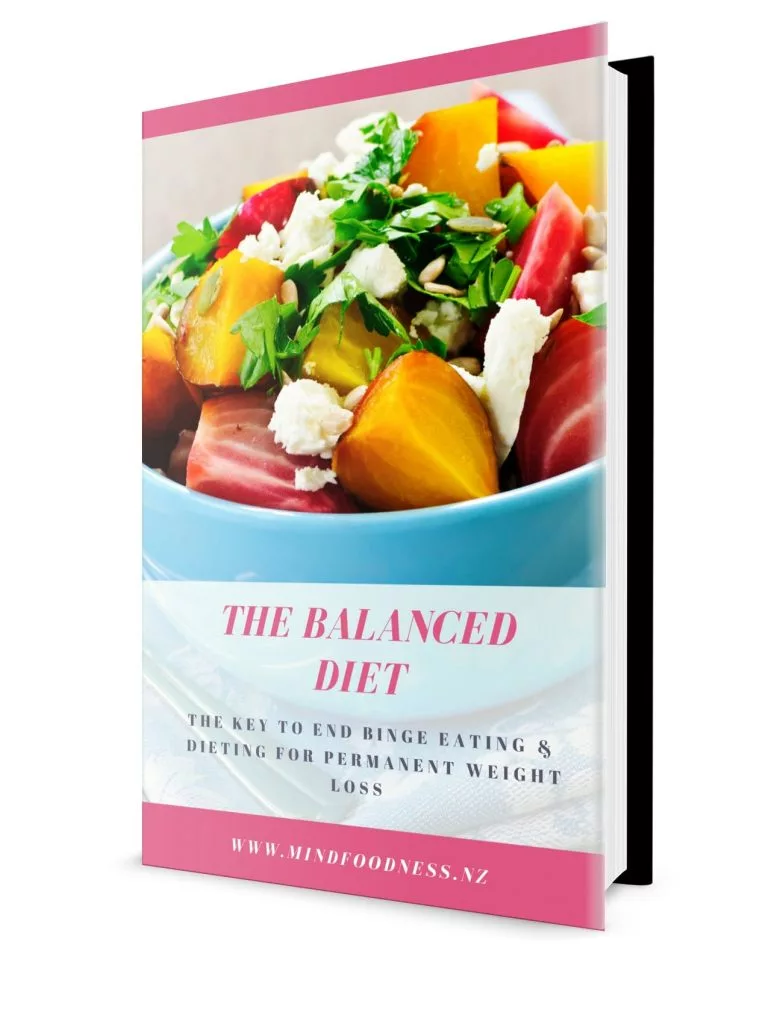

The Balanced Diet Book
Stop Dieting and Overeating – Easy to follow Framework for no more food cravings
The Balanced Diet Book is for anyone who struggles with Binge Eating, Yo-Yo Dieting and their Weight.
In this book I provide an easy to follow framework to reduce food cravings, end binge eating urges, increase energy levels and enjoy balanced, healthy and delicious meals.
Most importantly you will never need to follow another fad diet again.
6 KEY STEPS TO
END BINGE EATING CYCLE &
RELEASE EMOTIONAL WEIGHT
Regain power over food!
Binge eating and emotional eating is not a food problem, it is an emotional problem.
We can’t rely on will-power to stop binge eating. In this e-book I am addressing the underlying reasons why we use food as a drug and what our body is trying to tell us.
